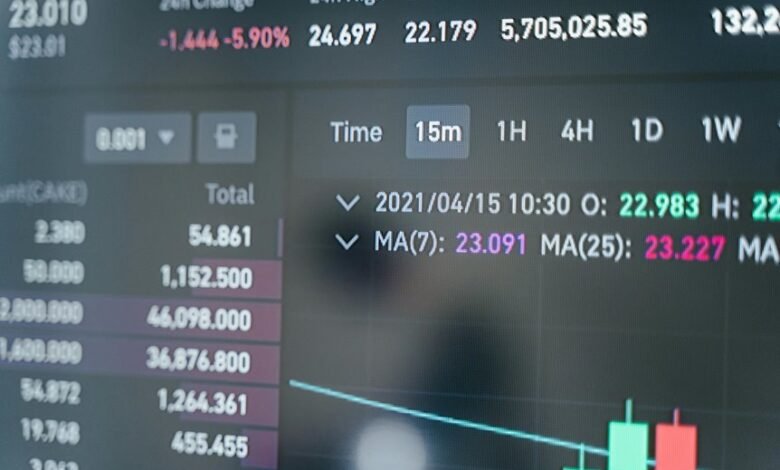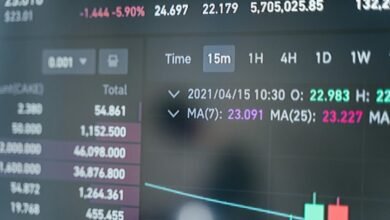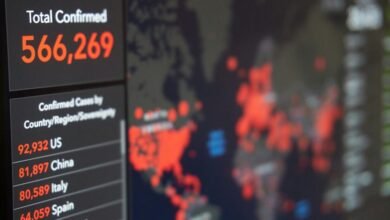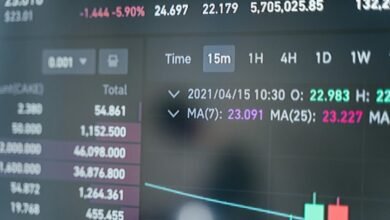20810300 Phone Number Breakdown: Tracing Call Sources

The 20810300 phone number format presents a systematic method for identifying telecommunications calls. These numbers often originate from diverse sources, including telemarketing firms and survey companies. Understanding their legitimacy is crucial for users aiming to protect their communication privacy. By employing reverse phone lookup services and scrutinizing business registrations, individuals can discern genuine calls from potential scams. However, the process of tracing these calls is multifaceted and warrants further exploration.
Understanding the 20810300 Number Format
The 20810300 number format exemplifies a specific structure commonly used in telecommunications. This format typically comprises a country code followed by a series of digits, facilitating seamless call verification processes.
Understanding this number format is crucial for users seeking transparency and control over their communications. Such technical knowledge empowers individuals, enabling them to navigate the complexities of telephony with greater freedom and confidence.
Possible Sources of Calls From 20810300
Although the 20810300 number format often appears benign, the sources of calls originating from this number can vary significantly.
Potential call origins include telemarketing campaigns, automated surveys, and possibly fraudulent schemes.
The caller reputation may differ widely, as some may represent legitimate businesses while others could engage in deceptive practices.
Understanding these nuances is essential for individuals seeking to protect their communication privacy.
Identifying Legitimate Businesses vs. Scams
Determining the legitimacy of calls from numbers like 20810300 necessitates a careful analysis of various indicators.
Identifying legitimate businesses involves thorough business verification processes, including checking registration details and customer reviews.
Conversely, recognizing scam tactics—such as pressure to act quickly or vague information—can protect individuals from fraud.
An informed evaluation of these elements is crucial for safeguarding personal freedom in communication.
Steps to Trace and Block Unwanted Calls
Tracing and blocking unwanted calls involves a systematic approach to identifying and mitigating intrusive communications.
Users can employ various tracing techniques, such as reverse phone lookup services and caller ID applications, to ascertain the source of calls.
Once identified, effective call blocking features on smartphones or third-party applications can prevent further disturbances, empowering individuals to reclaim their privacy and control over communications.
Conclusion
In conclusion, navigating the landscape of 20810300 phone numbers is akin to piecing together a complex jigsaw puzzle. By employing reverse phone lookup services and scrutinizing business registrations, individuals can effectively distinguish between legitimate calls and potential scams. This analytical approach not only enhances personal privacy but also empowers users to take control over their communication environments, ensuring that unwanted interruptions are minimized. Ultimately, awareness and informed decision-making are key to mastering this intricate telecommunications puzzle.




